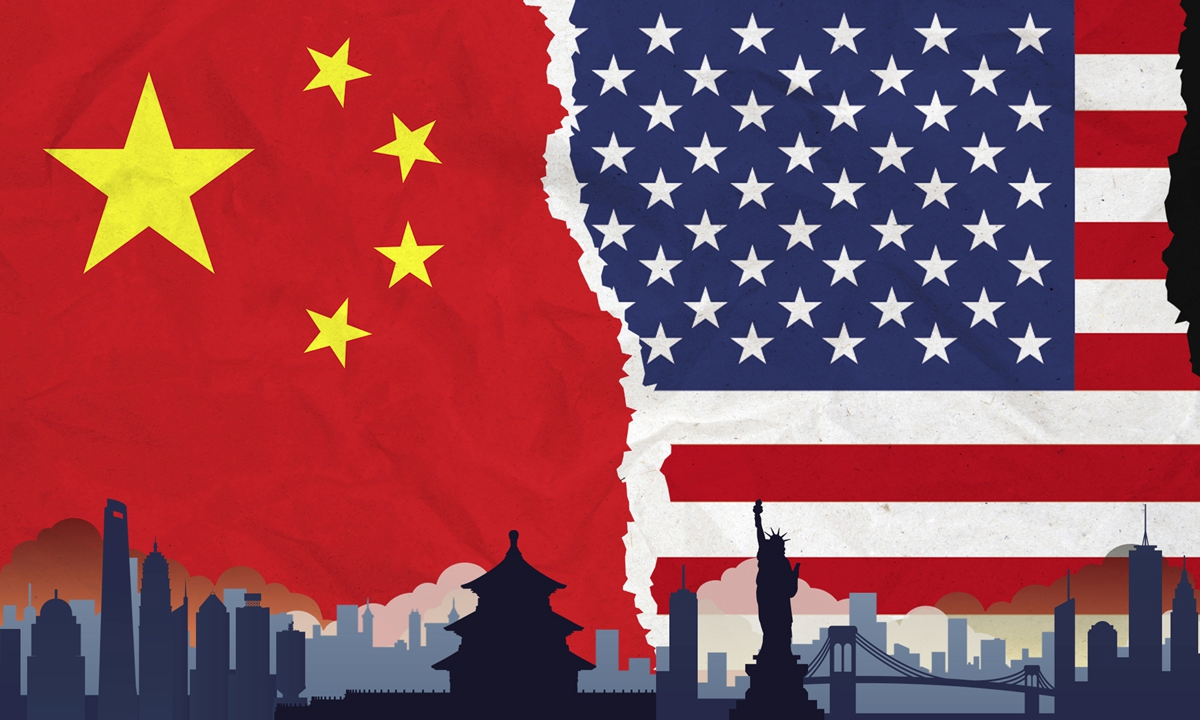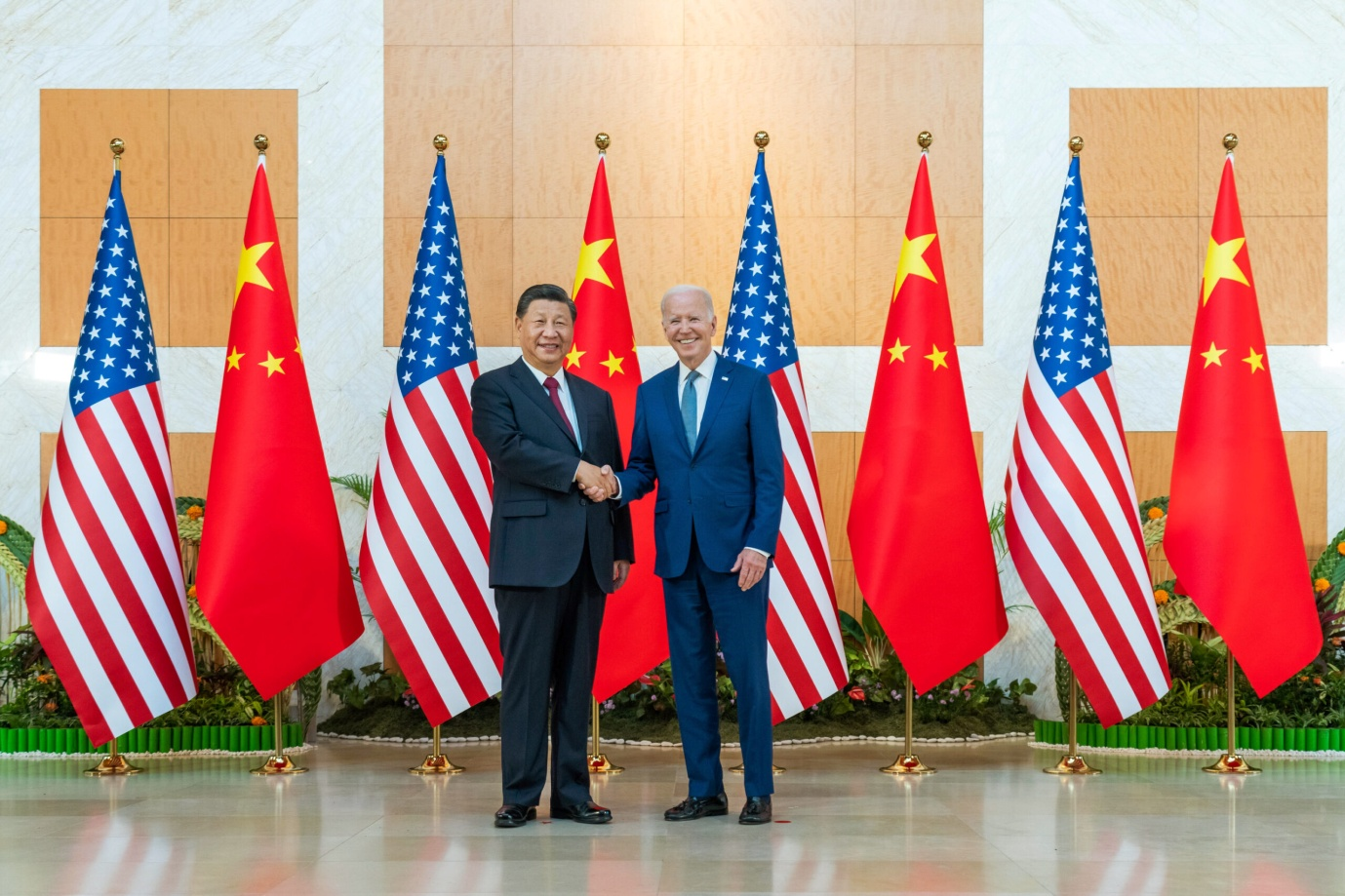China-U.S. Relations
China-U.S. Economic Relations
‘‘Data from the United States Department of Agriculture show that U.S. exports to China for the fiscal year 2023 will reach $34.0 billion – chalking another milestone – for the third consecutive year, China has been the largest U.S. agriculture export market. During this period, the U.S. has witnessed record agricultural export values to China. From corn and soybeans, which account for a whopping share of the cash crop receipts of the U.S., to sorghum, tree nuts, chicken, beef and cotton, all these products which are major contributors to the U.S. farm economy, have experienced colossal export values to China.
To highlight a few, for the fiscal year 2022, soybeans accounted for almost one-half of U.S. agricultural exports to China at a record $16.4 billion, surpassing the 2021 record by over $2.2 billion. For the same year, U.S. sorghum exports to China nearly tripled compared to two years ago, reaching a record $2.2 billion. Overall, the record rise in agricultural export values to China in recent years has significantly bolstered growth in the U.S. farm economy, fostering the country's economic output.
For the fiscal year 2022, access to the Chinese market contributed significantly to U.S. agricultural exports reaching a record-high $196.4 billion, which supported an estimated 1.2 million jobs. In fact, the record rise in agriculture export to China has boosted economic activity and fostered job creation in both farm and nonfarm sectors of the U.S. economy: reflecting the output stimulated across the agriculture sector and related industries, as farmers, entrepreneurs and firms along the supply chain that produce, harvest, transport, process, store and market agricultural products increase output and labor to meet the demand in the Chinese market – the growing trend is not limited to the agriculture sector and related industries.
In fact, the pattern is evident in other key industries in the United States. Exports to China support a broad swath of the U.S. economy, contributing to livelihoods across the length and breadth of the country. According to the U.S.-China Business Council's recently released U.S. Exports to China report (2023), China was the United States' third-largest goods export market in 2022 and its sixth-largest services export market in 2021. By patronizing goods and services from the United States, in 2021, China supported 1.06 million jobs in the world's largest economy, becoming one of the three countries to achieve this feat – Canada and Mexico are the other two countries.
Amid several impediments, notably U.S.-China trade tensions, the COVID-19 pandemic and the Russia-Ukraine conflict, surprisingly U.S. exports to China have expanded significantly, supporting growth across various industries in America. Data from the United States Census Bureau show that U.S. exports to China for 2022, 2021 and 2020 reached $153.8 billion, $151.4 billion and $124.5 billion, respectively – showing significant growth in recent years. However, the growth could be short-lived, particularly with increasing attempts by the United States to decouple from China, thus eliminating trade and investment, which is severely hurting bilateral ties. The deteriorating relationship strongly indicates a gloomy future for trade between the world's two largest economies, which could adversely impact the global economy.
Considering that the United States and Chinese economies are deeply integrated, with the Asian country also exporting enormous goods including telephones and computers to America, consistent actions to decouple from China will have a deleterious impact, especially for the United States. Compared to Donald Trump's trade war with China which cost the U.S. 300,000 jobs, reduced GDP by an estimated 0.3 percent, and increased cost for average American households ($831 per year) as revealed by the Federal Reserve Bank of New York, decoupling from China has far greater economic ramifications. In January, the International Monetary Fund released a study that shows a fragmented world economy with two main trade blocs, separately spearheaded by China and the United States will have serious detrimental economic impact around the globe, especially for developing countries.’’ – Excerpt from the Ghana Centre for China Studies (GCCS) publication titled ‘‘Access to Chinese market spurs growth in the U.S.’’ published in a joint collaboration with the China Global Television Network (CGTN) and republished by the U.S.-China Business Council.
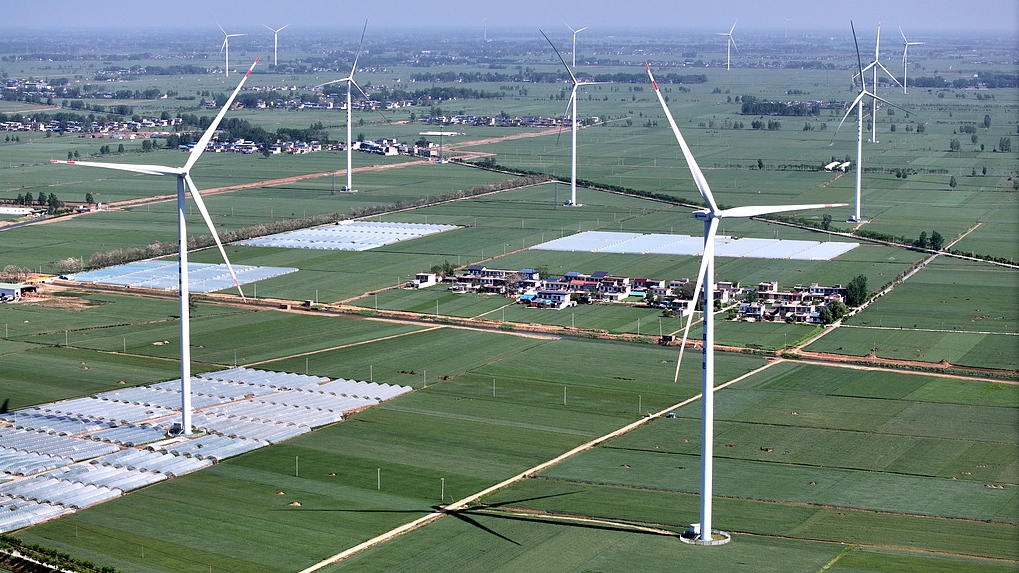
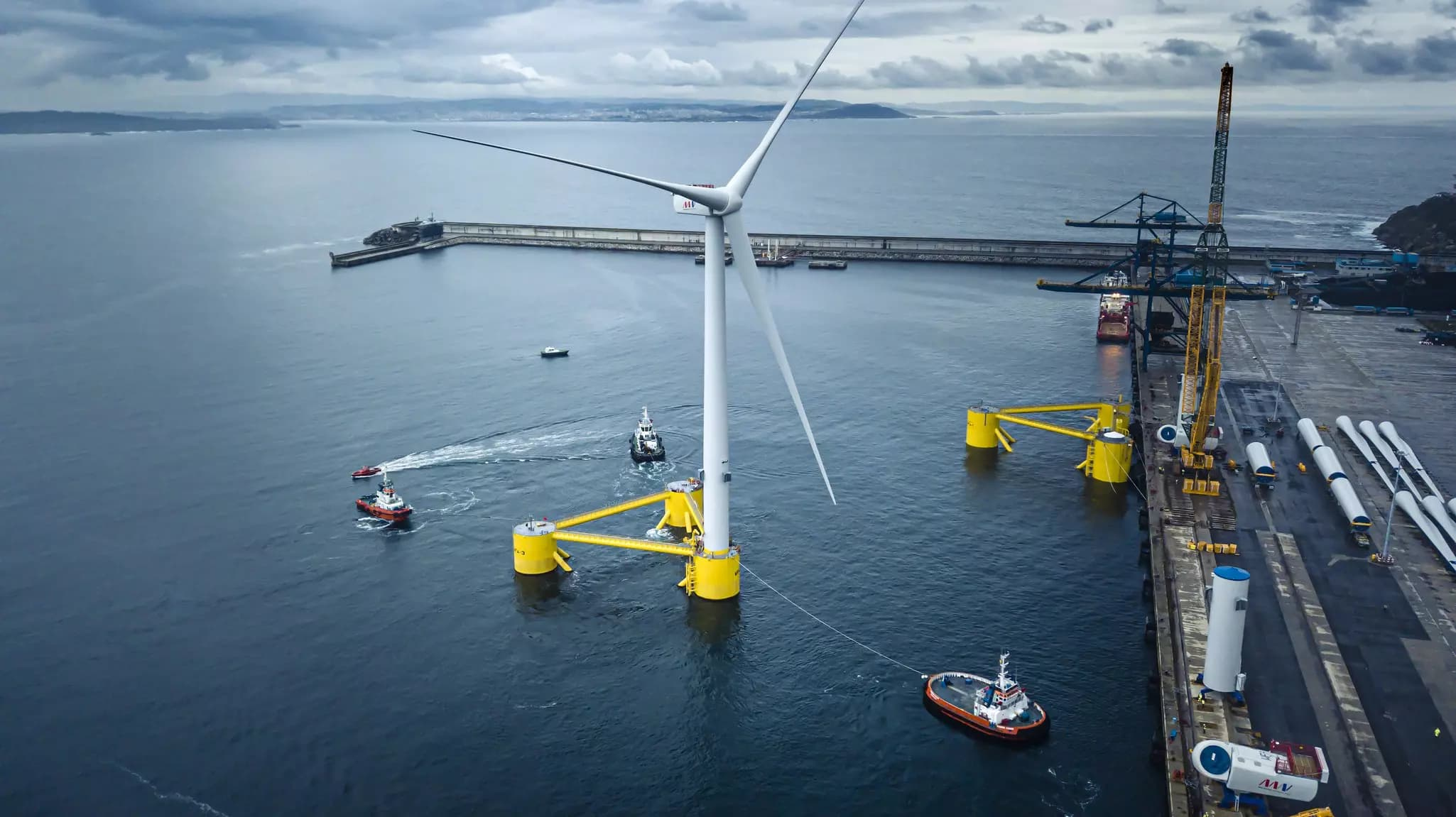
China-U.S. Clean Energy Transition
‘‘A recent report (2021) from the International Renewable Energy Agency (IRENA) and the International Labor Organization (ILO) shows that in 2020, renewable energy jobs reached 12 million globally, up from 11.5 million jobs in 2019 – China alone contributed 4.7 million jobs, representing 39 percent of the entire renewable energy employment worldwide, while the U.S. provided 838,400 renewable energy jobs.
In spite of the impact of the COVID-19 pandemic, the share of renewable energy sources in the U.S.'s energy mix rose from 17 percent in 2019 to 20 percent in 2020 with solar and wind capacity growing by 15 percent over the previous year – installed capacity of wind energy increased from 9.2 gigawatts (GW) in 2019 to 14.2 GW in 2020 and that of solar PV capacity was 14.9 GW in 2020, up from 7.5 GW in 2019.
Even though the U.S. is making significant progress in growing renewable energy, the country's combined newly installed renewable energy capacity is far less than that of China. For example, in 2020 alone, China added 136 GW to the country's renewable energy capacity – solar power accounted for 49 GW, as solar PV installations increased by 67 percent in 2020 while wind energy also added 72.4 GW, representing close to triple what was recorded in 2019.
In fact, in offshore wind, China's 3.1 GW of new installations is greater than the combined additions by the rest of the world. China's phenomenal transition to clean energy is underpinned by effectively implemented pertinent government policies and measures that provide unflinching support to domestic firms, which have accounted for more than 90 percent of onshore renewable energy installations in China in over the last decade. With the Chinese government's support to domestic firms spanning tax exemptions, export credits, low-cost credits, free land and direct cash payments, these incentives are boosting large-scale renewable energy production in local firms and facilitating economies of scale.
All these clean energy policies and measures are yielding remarkable results, so it is not a fluke that China's total installed renewable energy capacity in 2020 was 895 GW, the largest in the world. To put this into perspective, China's renewable energy surpasses the entire installed renewable energy capacity of all the six developed countries on the list of the world's top nine countries with the largest installed renewable energy capacity, together with that of Brazil, which is third on the list after the United States.’’ – Excerpt from the Ghana Centre for China Studies (GCCS) publication titled ‘‘Developing renewable energy: Are the two largest economies pulling their weight?’’ published in a joint collaboration with the China Global Television Network (CGTN).
BRIDGING CULTURES: THE U.S.-CHINA BUSINESS COUNCIL REPUBLISHED OUR WORK
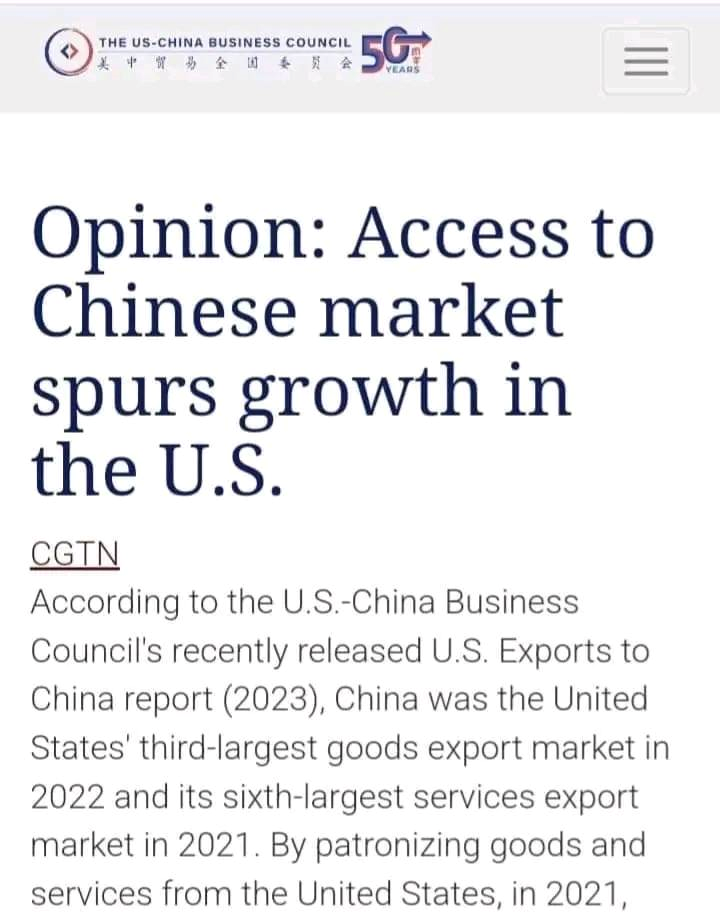
The US-China Business Council (USCBC) republished this article on China-U.S. trade authored by the leading expert at the Ghana Centre for China Studies (GCCS). Titled ‘‘Access to Chinese Market Spurs Growth in the U.S’’ the article was originally published in a joint collaboration with CGTN.
OUR IMPACT
- UNITED STATES
-
-
This report on U.S.-China clean energy transition issued by the George H.W.Bush
Foundation for U.S-China Relations cites Ghana Centre for China Studies
(GCCS) publication titled ‘‘Clean energy investments: China's push for
greener global future’’
Report: U.S. and Chinese approaches to clean energy transition
Download report: See pg.28 for cited GCCS publication
-
This report on U.S.-China clean energy transition issued by the George H.W.Bush
Foundation for U.S-China Relations cites Ghana Centre for China Studies
(GCCS) publication titled ‘‘Clean energy investments: China's push for
greener global future’’
OUR PUBLICATIONS
